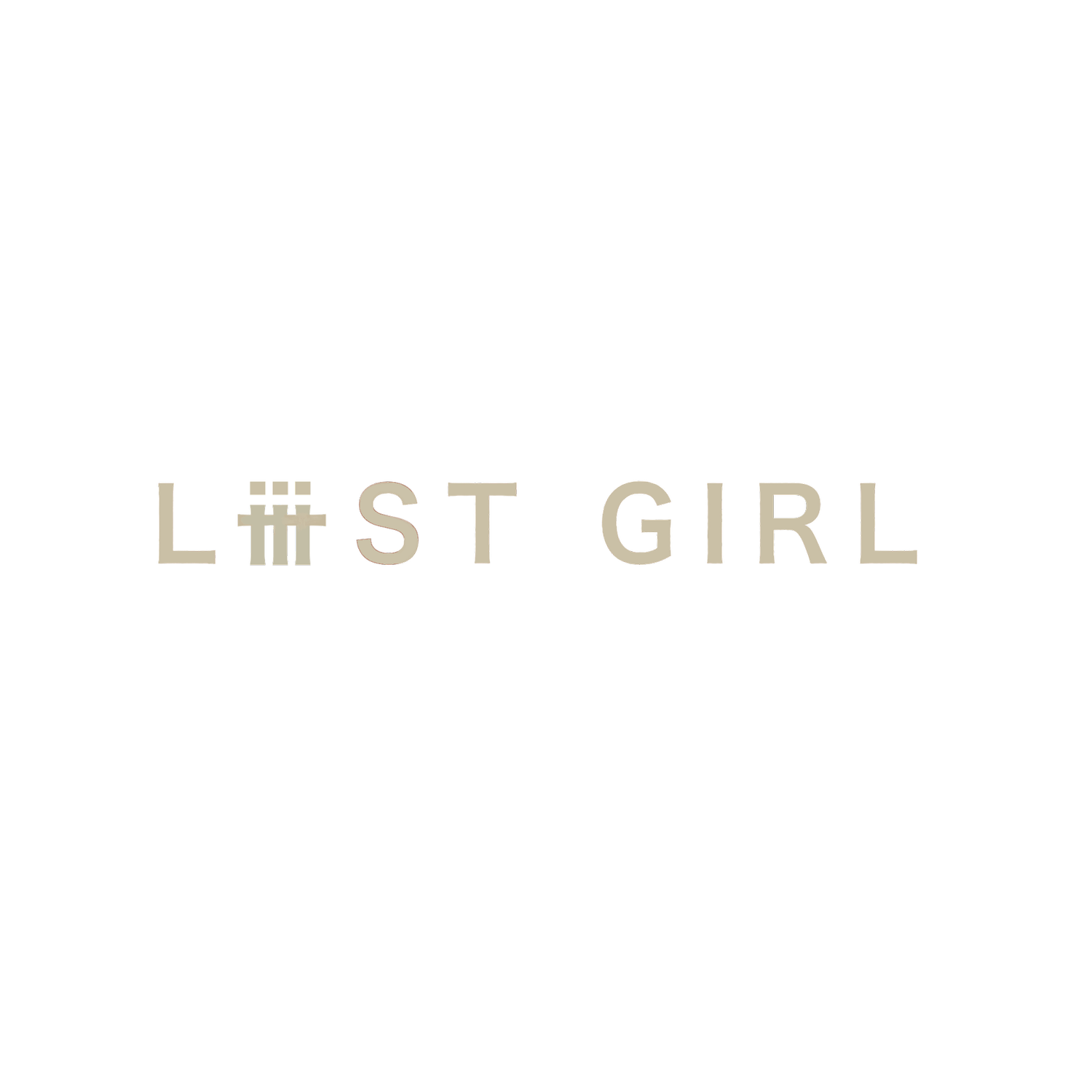Organization System: Analog
Despite the digital age where journals and calendars could sync with each other seamlessly, it’s no surprise that there are still a handful who stick with analog setups. Personally, it’s easier for me to grasp, organize and remember thoughts onto paper. I’m not sure if it’s the lack of sleep or a prevailing health condition but my muscle sometimes remember better than my actual memory.
The first time I used a planner was in high school. It was a cheap, simple one with a purple rubber cover and a back pocket. Lost the planner, can’t remember the brand, tried to search for it for years but to no avail. I’m not sure if I’m just romanticizing it at this point, but it remains to be the epitome of a perfect planner I have been trying to recreate ever since.
Through the years and several method references after, I alternated between a traditional dated planner, an undated planner with ready layouts, a pure Bullet Journal, and a hybrid of Planner (un/dated) + Bullet Journal. Although I sketch on my journals from time to time, I still put a premium on function. I want my planner to serve me, not the other way around. I just make sure to keep a clean layout so it’s easy with the eyes.
Over the years, there are staple pages that I keep on my planner no matter the format.
Goals and Actions
I was never a believer of New Year’s Resolutions so my earliest memory of having something similar is Faith Goals. You could say it’s just semantics but it supposedly shifts the focus from one’s capability to accomplish goals to what one believes God will do for her. I dropped the word Faith along the way and broke down the goals into concrete action steps. SMART criteria for objectives apply.
Highlight
While I plan the rest of the year, I also know that a lot of things I expect and don’t expect are bound to happen. I update this page with minimal sketches as I go for a Year-In-Review.
Finances
I track my expenses and income on a digital app but I like keeping a written digest I could refer back to now and then for a one-look overview of my cashflow.
Monthly Spread
Having an overview of the month allows me to see the big picture and not get lost in the details. Here, I can keep track of major events like birthdays, concerts, vet appointments, and bill due dates. It’s also imperative for me to have a section for a running list of tasks I plan to do anytime that month with no specific due date yet.
Weekly Spread
I used weekly spreads in the past to take note of tasks as I received them, which I then migrated before the day ended to a ready layout of a weekly planner. But to get rid of the redundancy, I now distribute tasks directly to the particular date when I need to do them. If it should be broken up into several tasks on different dates, I do that straight away as well. For tasks assigned in the future, they go either to the Next Week list or a monthly spread.
Trackers
Because I'd like to see my progress at once at the end of the year, it’s easier to have each week and month side by side on consecutive pages. The only challenge that I have with separating this from the weekly spread is it’s easy to forget to turn the page and update my trackers. Whoops!
Habit
I track habits and errands I need to do from time to time such as skincare, taking vitamins, haircuts, waxing, exercise, books read, and pet grooming. But I also tally figures for things like hours of sleep and water intake. Some I have to update daily or weekly, and some I put an empty box when the frequency is irregular. The payoff really is the sense of fulfillment I get when I see the page filled up and busy because I know I was able to commit to it.
Media
This is non-essential but something I really make space for since I’m a big media consumer. I take note of the titles, the date finished, and my rating in my tracker. If I don’t finish it, I discard it. I’d like to remember which titles are worth returning to and recommending, if ever.
Stickers and Attachments
I hate to be boring but the only stickers that I use for my planners have to be functional instead of just ornamental. Because I’m a bad multitasker with a short attention span, I try to keep stimuli at a minimum. The same applies to attachments where I only have tickets for evidence and medical prescriptions for future reference. Otherwise, I discard them so they don’t bulk up or wear out my planner.
Tools
For years, no matter the system, I kept only three pens—A green Muji ballpoint pen for headers, a brown fine marker or gel pen for the body, and a light pink Tombow brush pen for highlights and divisions. Having a set color scheme gives me a good visual with very little effort. I also keep a ruler, whiteout, pencil, and eraser with me just in case.
These things might seem trivial to others. But if you’re someone who has pored through several planners for a good number of years as well, you would know that a lot of thought goes into keeping one and making sure you are maximizing it. Streamlining our setups and systems is a never-ending process. Often, it's the pesky little details that are the most stubborn. However, I have learned to enjoy the process instead of being frustrated over getting to Planner Nirvana. Besides, it's nice to see how my setups have grown with me as well.
How has yours changed with you? Do you still keep a traditional planner?







